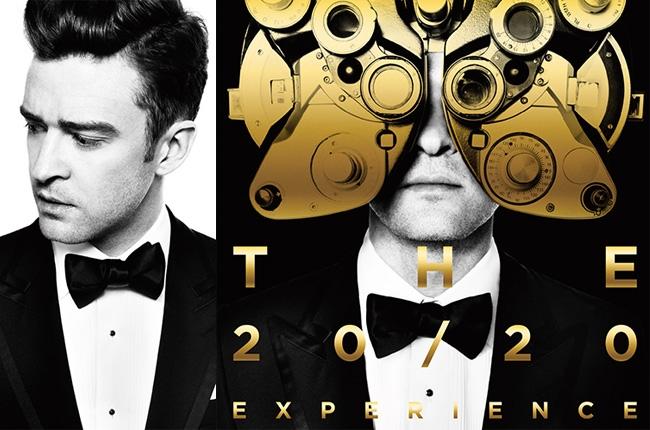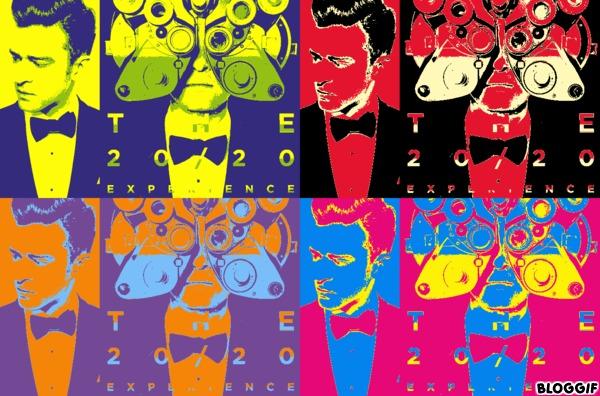A substantial similarity test determines whether a defendant (can be an individual, a group or a firm) copied their present work from the original. It includes both the copyrightable elements and the non-copyrightable elements. This standard concentrates primarily on the work’s similarities, rather than their differences. Based on strong evidence showing similarities in two works, a substantial similarity test should conclude that the defendant copied the work from the original. However, the use of the Fair Use argument protects the copyrighted work not to infringe the original work. This paper provides a substantial similarity test and Fair use of two works. The primary focus of the paper is factor four (the effects of Fair use on the market).
Why my photo-shopped new work does not infringe the original work?
Works


Factor four- the effects of fair use on the market
There are four aspects that dictate whether the use of an item is fair use, and they include the purpose and character of the use, the nature of the copyrighted work, amount, substantiality, and effect on the market. The effect on the market, which is the fourth factor, is considered by many courts as the most significant factor despite the law has not implied or suggested that it should be. A secondary use that interferes excessively with an author’s incentive subverts the aims of the copyright. Basing on the fourth factor, the photo-shopped new work does not infringe the original work. In reference to Campbell v. Acuff-Rose Music, there is no presumption in cases that do not involve simple duplication of a work that exists for commercial purposes. This is because the markets for the original work and the new work were different.
The same case applies in the two works above; the original image and the new photo-shopped work. The new photo-shopped work does not in any way affect the marketing of the original work considering that each of the two works has its own market. This gives the owners of the two works freedom to set their own prices and seek the relevant consumers of their products. If at all the owner of the original work is not negatively impacted by the use of the new photo-shopped work, the owner of the new work can go ahead and market his or her work. Considering that the two works will operate in separate markets, they will not affect each other in any way, and hence the new photo-shopped work does not infringe on the original work. The new work does not trigger a lawsuit because the two works are not directly competing with each other , and therefore it does not destroy or affect the market value of the original work.
In addition, there is a license to market the new photo-shopped work, and licenses are readily available. With a lawfully acquired or purchased copy of the original work, courts allow the owner of the new photo-shopped work to continue marketing his or her work without any confrontations.
The other reason why the new photo-shopped work does not infringe on the original work is the lack of licensing mechanisms. This means that even the owner of the original work has not licensed his work, and hence has no right to claim that his or her work is being copied by another person. Lack of licensing mechanisms can allow as many individuals as possible to copy from each other’s work. This means that the new photo-shopped work will not in any way trigger lawsuit while marketing the work.
Bibliography
Halpern, Sheldon W., Craig Allen Nard, and Kenneth Lloyd Port. Fundamentals of United States intellectual property law: copyright, patent, and trademark. Kluwer law international, 2011.
National Research Council (U.S.). The Digital Dilemma Intellectual Property in the Information Age. Washington, D.C.: National Academy Press, 2000. Web.
Simpson, Carol, and Christine Weiser. Copyright for Administrators. Columbus, Ohio: Linworth Pub, 2008.